
Data from the MAGNIFY-MS study suggest that low 24-month PIRA rates across age groups and among those with or without treatment experience.

Data from the MAGNIFY-MS study suggest that low 24-month PIRA rates across age groups and among those with or without treatment experience.

The data showed only a small number of infusion-related reactions among patients with MS transitioning from other disease-modifying therapies.

The 2-year study highlighted the potential of cladribine to promote remyelination in highly active relapsing-remitting MS, particularly when early disease control is achieved.

A large-scale study presented at ECTRIMS 2024, conducted by the Alliance for Research in Hispanic MS Consortium, identified ancestry-specific genetic factors that influence the risk of developing multiple sclerosis.
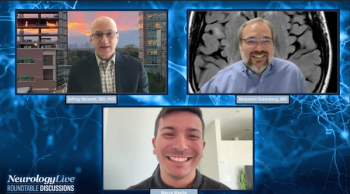
In this episode, a pair of neuroimmune experts discussed some of the emerging research for patients with MOGAD, highlighting the need for immunological markers, remodeling therapies, and enhancements to diagnostic criteria. [WATCH TIME: 5 minutes]

Based on findings from the study, investigators stressed the need for better streamlined access to high-efficacy therapies for pediatric patients with onset multiple sclerosis.

The pair of neurologists provided clinical insight on a number of lingering non-treatment unmet needs for patients with MOGAD, including improved care for pediatric patients and underreported complications like sleep disturbances and genitourinary issues in adults. [WATCH TIME: 5 minutes]
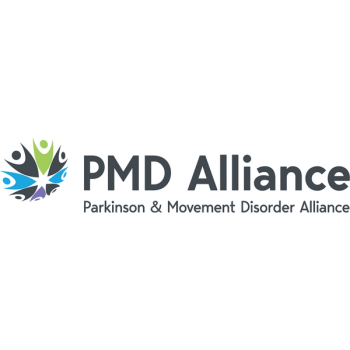
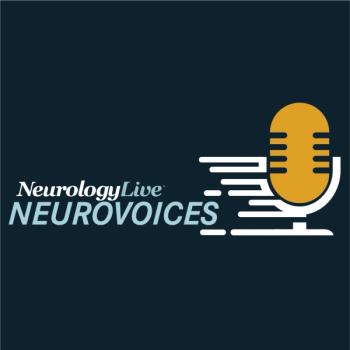
The consultant neurologist at Imperial College Healthcare Trust discussed a proposed concept of smoldering disease in multiple sclerosis that covers progressive symptoms that go beyond traditional focal inflammatory activity.
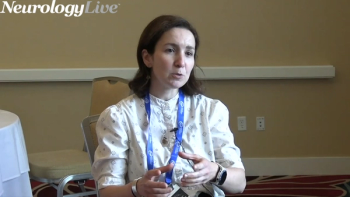
The principal investigator at Seattle Children’s Research Institute provided commentary on the therapeutic potential and hypothesis behind targeting mTOR pathway hyperactivation using pharmacological inhibitors. [WATCH TIME: 3 minutes]

The agent is composed of 2 active ingredients with synergistic anti-oxidant and anti-inflammatory effects which can reduce brain cell injury or impairment caused by acute ischemic stroke.

In this discussion, the pair of neurologists explore the latest drug development and ongoing clinical trials for MOGAD, a rare neuroimmune disorder. [WATCH TIME: 4 minutes]

Neal K. Shah, CEO of CareYaya Health Technologies, discussed how Apple's new health features could potentially be a game-changer for neurological health.

In this segment, Bennett and Greenberg explore the diagnosis, acute treatment, and long-term management of MOGAD, highlighting current therapies and ongoing research. [WATCH TIME: 8 minutes]

Known as QRL-101-03, the phase 1 study is expected to include 60 healthy participants, with topline results expected in the first half of 2025.
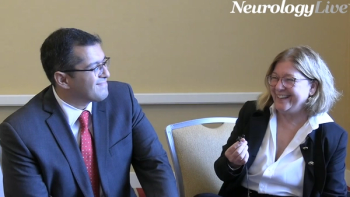
A pair of neurologists from the University of California, Irvine, provided commentary on the ways to help young investigators find their footing in research settings, and exposing them to opportunities major governmental agencies can provide. [WATCH TIME: 4 minutes]

BMB-101, a 5-HT2C receptor agonist, will be tested in a cohort of 20 adults aged 18 to 65 with absence epilepsy or a developmental encephalopathy for an 8-to-12-week treatment period.

In this episode, Greenberg and Bennett provide some perspective on the fluidity of MOGAD diagnosis and how it could potentially change over time as more is understood about neuroimmune disorders. [WATCH TIME: 5 minutes]

A 28-year-old patient initially diagnosed with Guillain–Barré Syndrome presented with multiple cranial neuropathies and was later rediagnosed with chronic inflammatory demyelinating polyneuropathy.

In this segment, the duo of neurologists provided a number of informative considerations treating clinicians should take when diagnosing MOGAD, emphasizing careful testing and interpretation of data in this complex process. [WATCH TIME: 4 minutes]

Here's some of what is coming soon to NeurologyLive® this week.

The consultant neurologist at Imperial College Healthcare Trust discussed how smoldering MS challenges traditional views of disease progression, seeking combined therapies targeting both inflammatory activity and mechanisms driving smoldering-associated worsening. [WATCH TIME: 4 minutes]

A recent study suggests that patients with chronic inflammatory demyelinating polyneuropathy lacking nerve conduction study evidence of demyelination can still respond positively to immunomodulatory therapies.

Test your neurology knowledge with NeurologyLive®'s weekly quiz series, featuring questions on a variety of clinical and historical neurology topics. This week's topic is on non-relapsing secondary progressive multiple sclerosis.

In the phase 1 trial, the 2.5 mg dose of ORX750 significantly improved wakefulness, restoring normal sleep latency to 32 minutes compared to placebo.

The phase 1 study of RAG-17 in patients SOD1-ALS revealed safety, tolerability, and early clinical benefits across all dose levels.
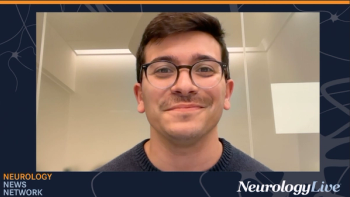
Neurology News Network. for the week ending September 14, 2024. [WATCH TIME: 4 minutes]

Take 5 minutes to catch up on NeurologyLive®'s highlights from the week ending September 13, 2024.

Approved based on the phase 3 OCARINA II trial, the new subcutaneous formulation offers patients with multiple sclerosis more flexibility to choose treatment options that suit their individual needs.

A recent study showed that an increase in anti-hepatitis E virus seroprevalence in patients with chronic inflammatory demyelinating polyneuropathy was not a consequence of intravenous immunoglobulin therapy.